Every precaution we take is to protect what matters most – whether you chain your tires for some mountain driving or take out an umbrella insurance policy. Life is unpredictable in so many ways and you shouldn’t be responsible for recovering from something out of your control.
Natural disaster insurance helps to replace lost belongings, rebuild your residence, and help give you a place to stay in the event of a flood, earthquake, wildfire – really any natural disaster. This insurance may be required depending on the area you live and the company in charge of your mortgage/loan. While it’s important to check with them first, natural disaster insurance can be purchased without it being a requirement to give you a greater peace of mind.
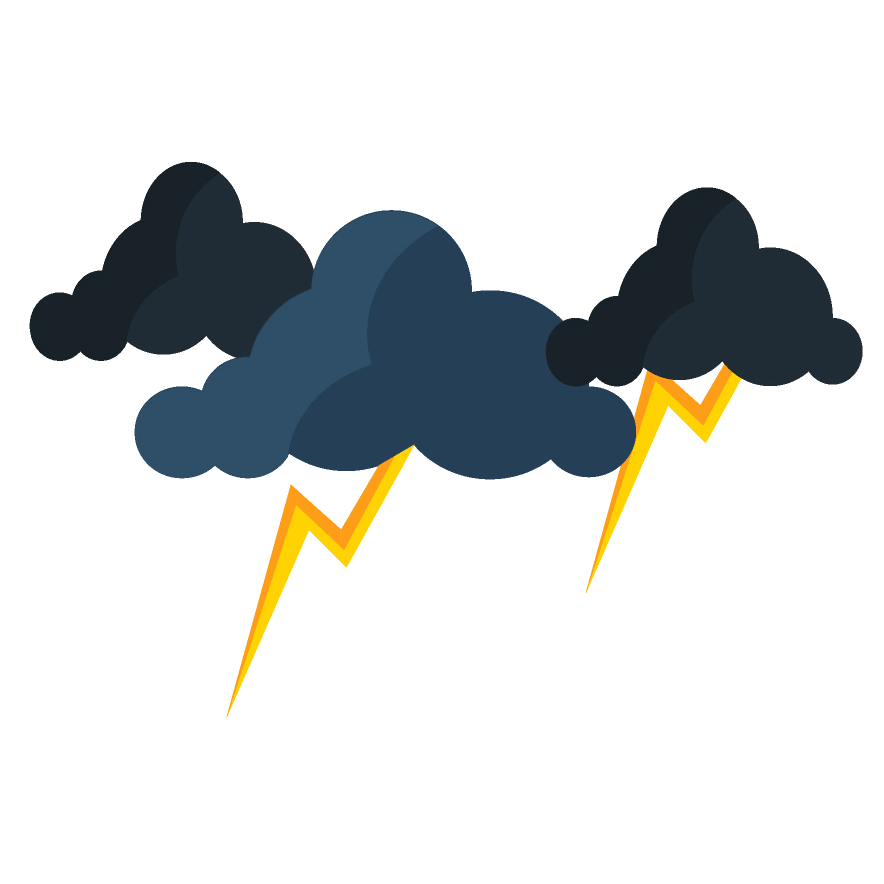
Storm damages are covered by most homeowner’s insurance policies; ask your agent for specific details.
On top of our own policies for fire insurance for zones rated 0-3, we are happy to partner with the California FAIR Plan to provide fire insurance for homes in high fire zones rated 4-10. The FAIR Plan provides basic fire insurance coverage for high-risk properties when traditional insurance companies will not.

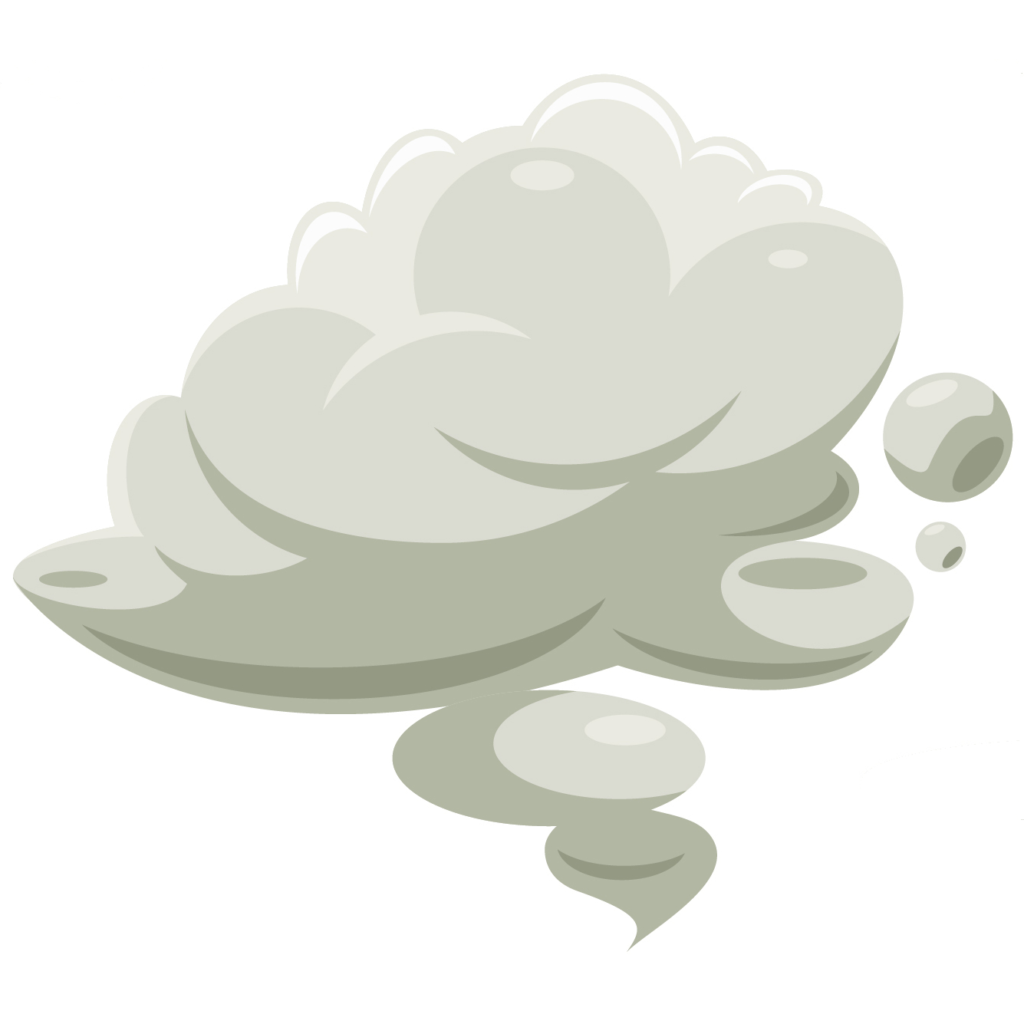

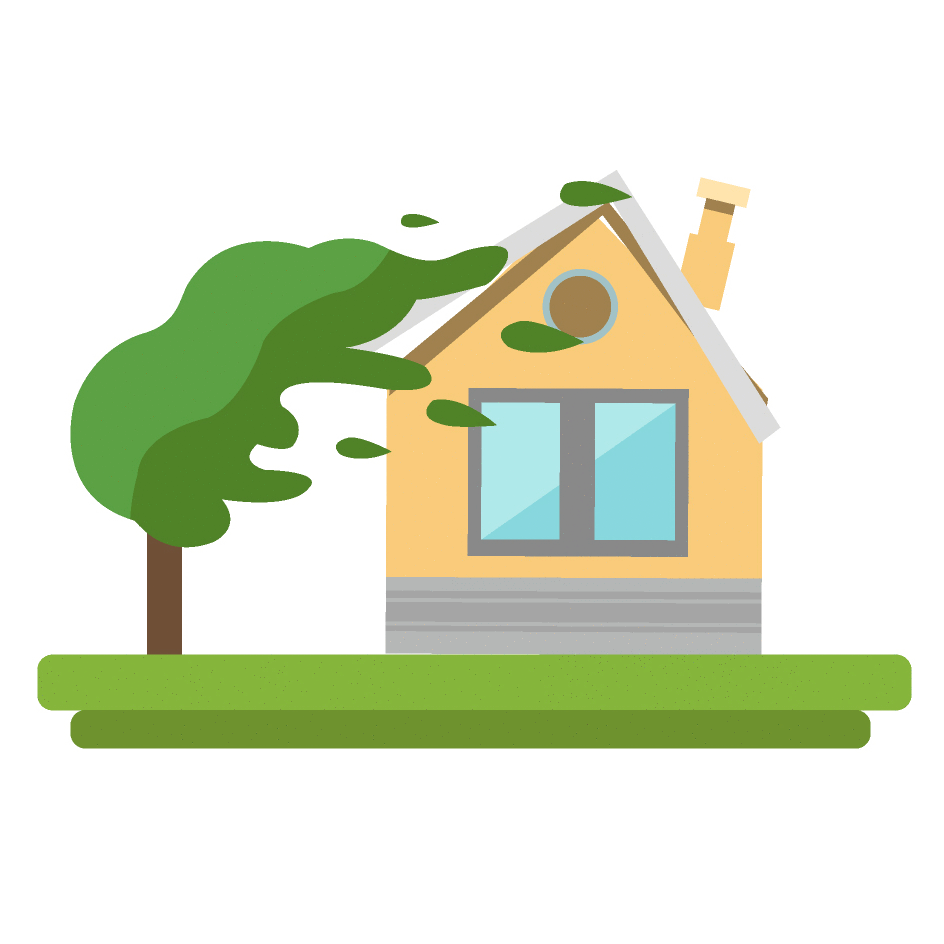


Don’t know your fire zone rating? Typically, urban areas have very low ratings while rural or urban areas on the fringe of wildlands have higher ratings. Your agent will be able to tell you your area’s exact rating, however if you’d like to get a general idea of what your rating might be, you can type in your address at the top right search bar in the application here.
You can also read more about fire zones and how they are determined in California here.
In old residences especially, earthquakes can devastate your home. And many people assume they’re already covered with homeowner’s insurance, but that is rarely the case. We are proud to partner with the California Earthquake Authority to provide quality earthquake insurance and help you recover from a disaster.

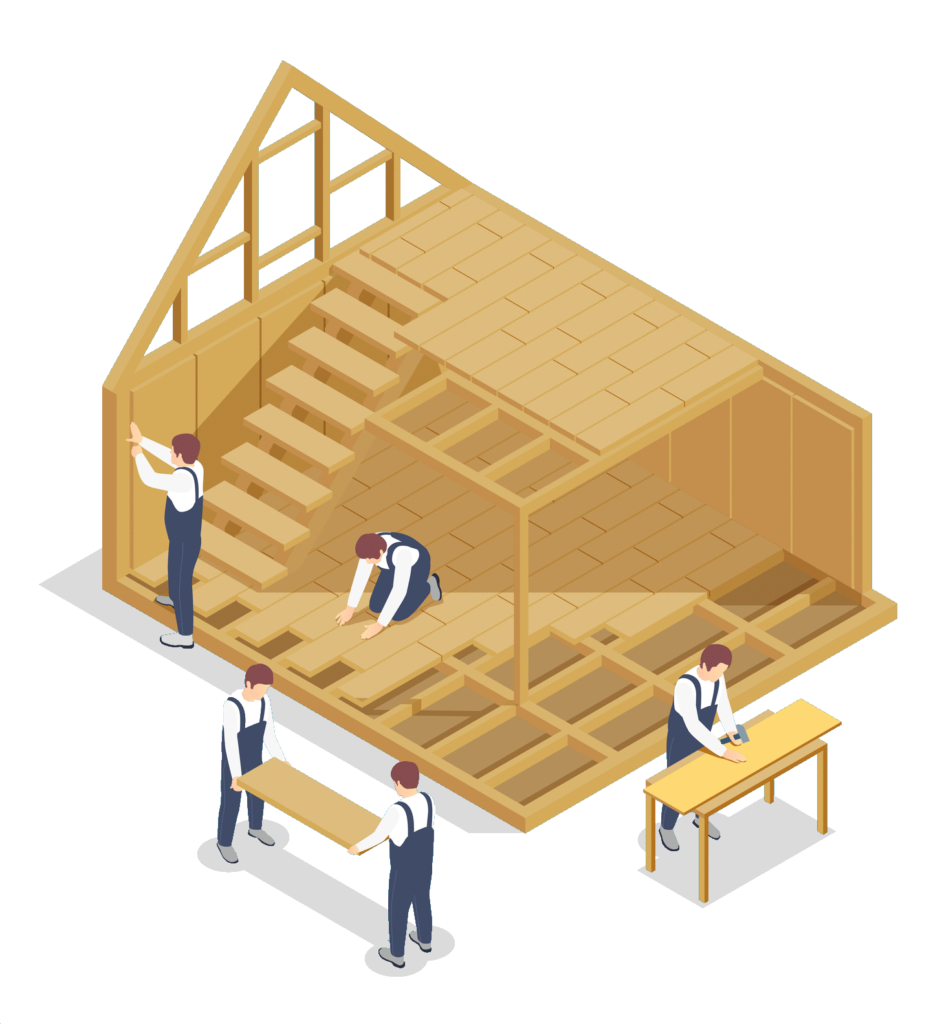


The cost of earthquake insurance coverage varies significantly – it all depends on your area’s level of risk. Earthquake insurance premiums can be relatively inexpensive if you live where earthquakes are rare, and relatively expensive where they happen more frequently. Your agent can accurately tell you how your premium would change to add earthquake coverage to your policy.
We’re excited to say that we work with the NFIP to provide quality flood insurance. The NFIP splits their coverage into two separate categories – building coverage and contents coverage. Coverage extends but is not limited to the list below:
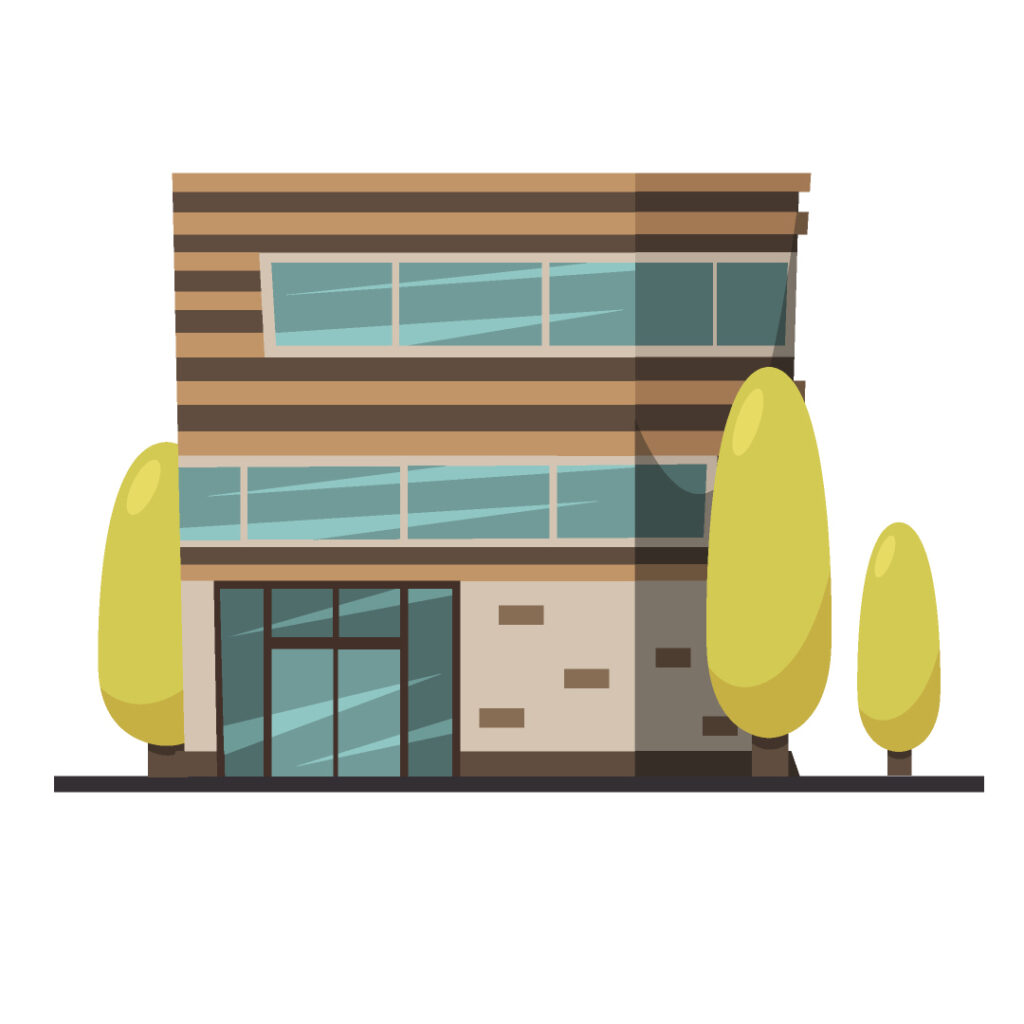
Building coverage protects your:
Also provides $250,000 cash for residential structures and $500,000 for nonresidential/commercial structures.

Contents coverage protects your:
Also provides $100,000 cash for residential structures and $500,000 for nonresidential/commercial structures.
When determining coverage, the cause of the flood matters. Flood insurance covers losses directly caused by flooding. So for instance, damage caused by a sewer backup will be assessed to see if the backup was a direct result of flooding in your area. If determined that it was not caused by flooding, the damage is not covered, and vice versa.
Every precaution we take is to protect what matters most – whether you chain your tires for some mountain driving or take out an umbrella insurance policy. Life is unpredictable in so many ways and you shouldn’t be responsible for recovering from something out of your control.
Natural disaster insurance helps to replace lost belongings, rebuild your residence, and help give you a place to stay in the event of a flood, earthquake, wildfire – really any natural disaster. This insurance may be required depending on the area you live and the company in charge of your mortgage/loan. While it’s important to check with them first, natural disaster insurance can be purchased without it being a requirement to give you a greater peace of mind.

Storm damages are covered by most homeowner’s insurance policies; ask your agent for specific details.
On top of our own policies for fire insurance for zones rated 0-3, we are happy to partner with the California FAIR Plan to provide fire insurance for homes in high fire zones rated 4-10. The FAIR Plan provides basic fire insurance coverage for high-risk properties when traditional insurance companies will not.






Don’t know your fire zone rating? Typically, urban areas have very low ratings while rural or urban areas on the fringe of wildlands have higher ratings. Your agent will be able to tell you your area’s exact rating, however if you’d like to get a general idea of what your rating might be, you can type in your address at the top right search bar in the application here.
You can also read more about fire zones and how they are determined in California here.
In old residences especially, earthquakes can devastate your home. And many people assume they’re already covered with homeowner’s insurance, but that is rarely the case. We are proud to partner with the California Earthquake Authority to provide quality earthquake insurance and help you recover from a disaster.




The cost of earthquake insurance coverage varies significantly – it all depends on your area’s level of risk. Earthquake insurance premiums can be relatively inexpensive if you live where earthquakes are rare, and relatively expensive where they happen more frequently. Your agent can accurately tell you how your premium would change to add earthquake coverage to your policy.
We’re excited to say that we work with the NFIP to provide quality flood insurance. The NFIP splits their coverage into two separate categories – building coverage and contents coverage. Coverage extends but is not limited to the list below:

Building coverage protects your:
Also provides $250,000 cash for residential structures and $500,000 for nonresidential/commercial structures.

Contents coverage protects your:
Also provides $100,000 cash for residential structures and $500,000 for nonresidential/commercial structures.
When determining coverage, the cause of the flood matters. Flood insurance covers losses directly caused by flooding. So for instance, damage caused by a sewer backup will be assessed to see if the backup was a direct result of flooding in your area. If determined that it was not caused by flooding, the damage is not covered, and vice versa.